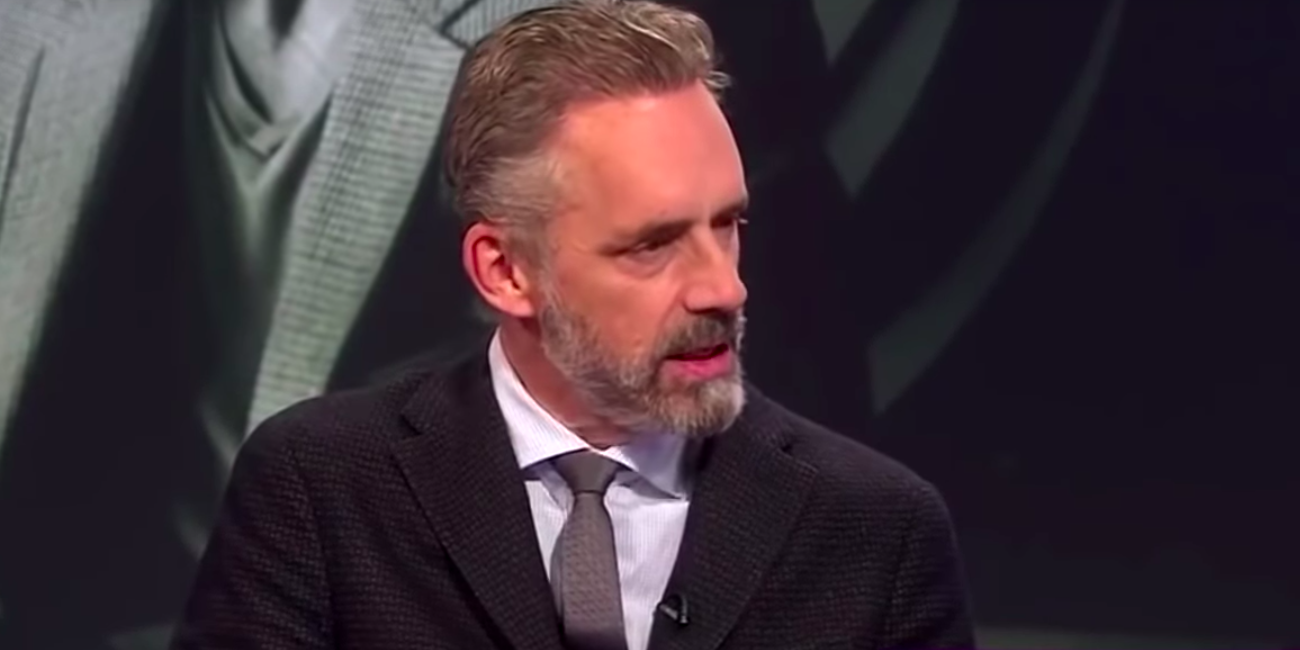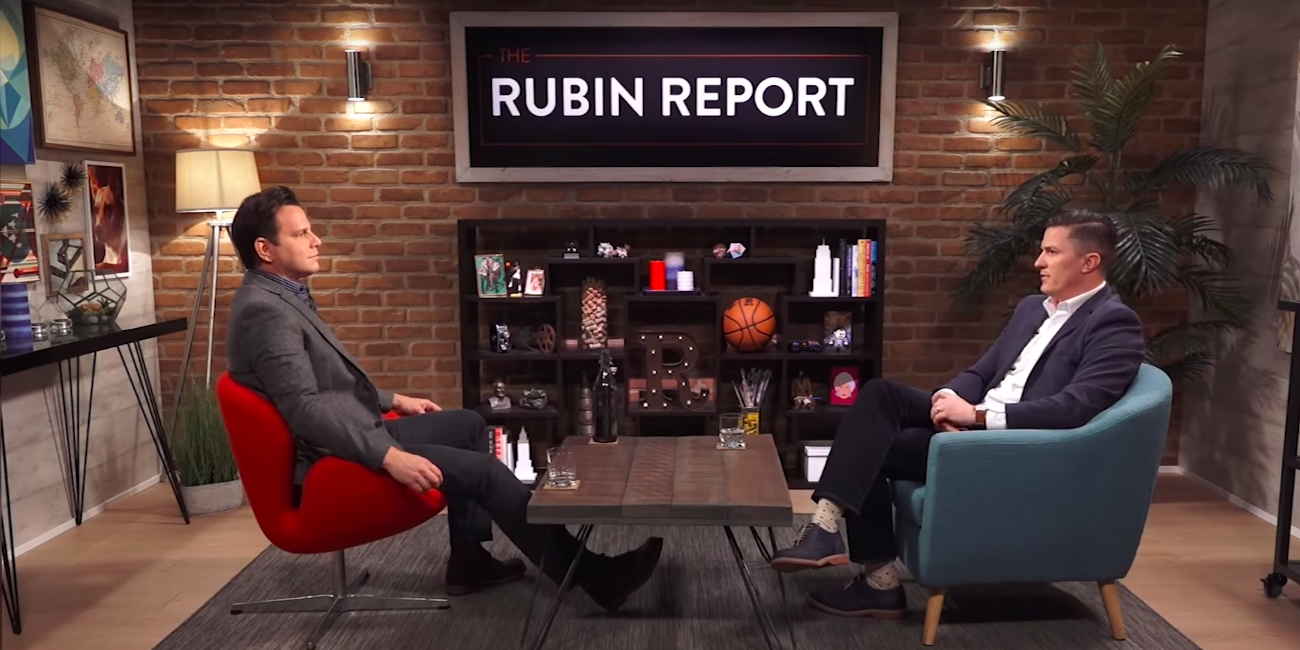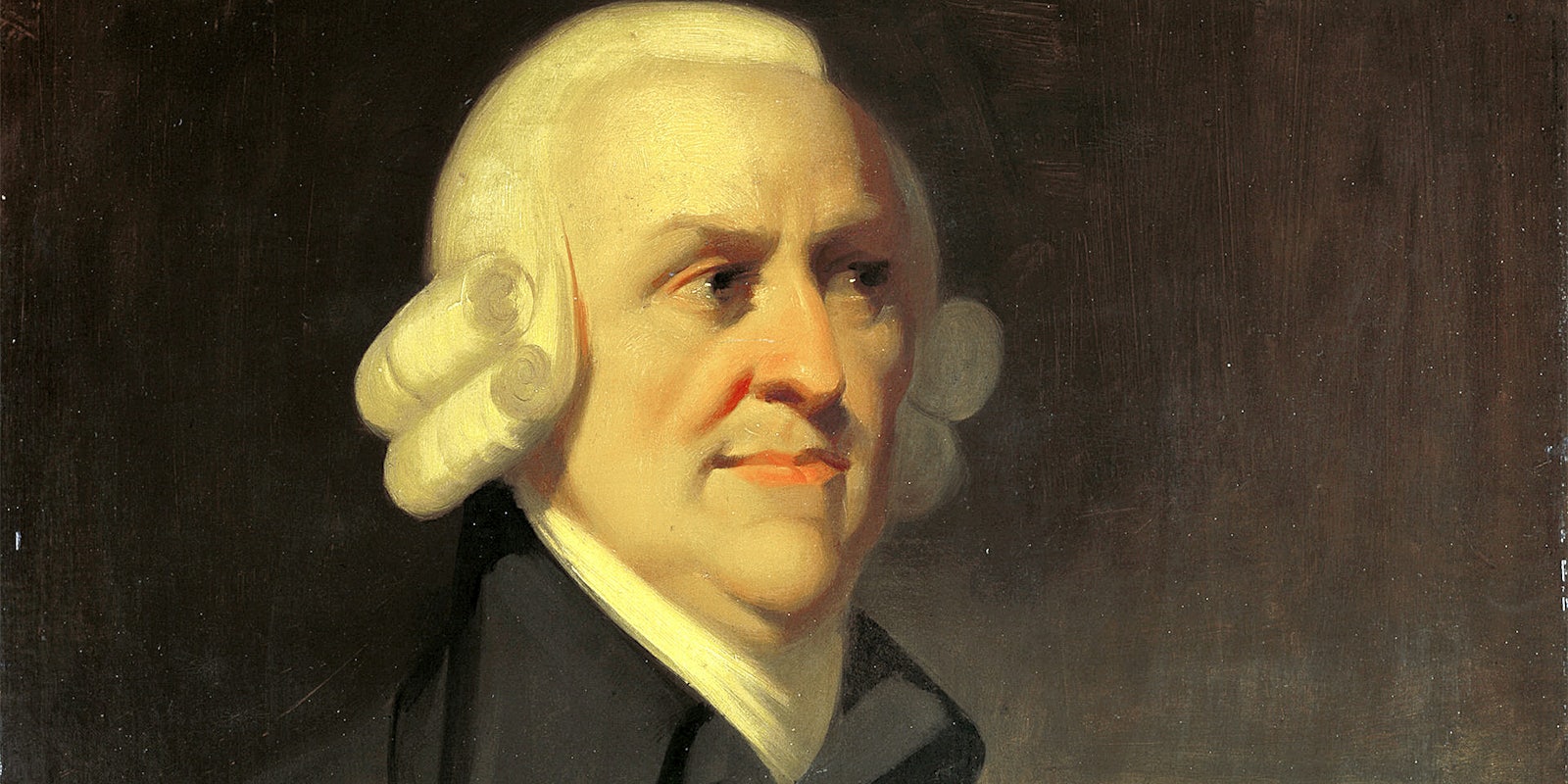The short answer to the question, “What is classical liberalism?” is that a classical liberal is a conservative that doesn’t want to explicitly identify themselves with the less acceptable aspects of right-wing thought, such as misogyny, racism, homophobia, and fascism.
A trick that some of the more intellectually ambitious pundits on the right have pulled in hopes of being accepted into polite society is identifying with political philosophies that were developed before the rise of more modern strains of thought that account for racial, gender, and economic inequality.
By identifying with classical liberalism, these figures can pretend they live in a world before Marxism and the civil rights movement. While they can’t actually live in a world where only privileged white men have political agency, they can build a philosophy that only works for people like themselves.
Examining why conservatives seeking the pretense of intellectualism call themselves classical liberals is key to understanding how right-wing pundits can force their ideologies into the public square and gain the veneer of acceptance in polite society.
If you were to make a list of prominent people who call themselves “classical liberals,” you would be listing pretty much every member of the “intellectual dark web”—which is to say, you would be listing a bunch of racist, misogynist conservatives who want nothing more than to be taken seriously by actual intellectuals. The list includes, but is not limited to: Sam Harris, Eric Weinstein, Bill Kristol, Jordan Peterson, Bari Weiss, David Rubin, and Ben Shapiro.

Classical liberals use history as a weapon to justify views that should no longer be acceptable in American life. They leverage 18th-century economic and political concepts to justify their lazy and problematic opinions of today.
Classical liberalism: Where did it begin?
The cornerstone of classical liberalism is a “self-regulating market.”
Much of conservative economic thought is based on 18th-century economist Adam Smith’s ideas about the “invisible hand” of the free market. Smith described this invisible hand as the unobservable market force that helps the demand and supply of goods in a free market reach equilibrium automatically. Smith’s masterpiece, The Wealth of Nations, was published in 1776, and many figures who were instrumental in the founding of America subscribed to his ideas—hence the “classical” part of classical liberalism.
Some of the Founding Fathers, along with John Locke, John Stuart Mill, Thomas Robert Malthus, and other prominent thinkers adopted and expanded on Smith’s ideas. When modern pundits talk about classical liberalism, they’re talking about this group of thinkers.
In addition to the invisible hand, things like Locke’s “consent of the governed” and opposition to monarchy came out of the early classical liberalism movement. But these other major concepts are basically settled realities in American life, so modern classical liberals generally focus on the ideas of economic and intellectual markets to justify their worldviews.
How does classical liberalism differ from modern liberalism?
When Smith spoke of “liberalism” in The Wealth of Nations, he wasn’t talking about progressivism or open-mindedness (terms we associate with liberalism today), but about “liberty.”
Specifically, all people have the liberty to participate in the market on equal footing. Smith was discussing something closer to what we know today as “libertarianism.” He writes, “Every man, as long as he does not violate the laws of justice, is left perfectly free to pursue his own interest his own way.” Some authors have accused today’s classical liberals of being libertarians looking for a post-Ron Paul rebrand, and judging from quotes like this, it is easy to see why.
This libertarian quality appeals to today’s right-wing pundits who clothe themselves in classical liberalism to justify their far-right ideology. David Rubin says, “Classical liberalism is the idea that individual freedom and limited government are the best way for humans to form a free society.” In fact, he name-checks Smith in his explainer on the subject.
But anyone who lives and works in society can see that Smith is wrong. Not everyone is allowed to participate in the market with equal footing. Nonetheless, today’s right-wingers use the free market as an excuse to justify a dog-eat-dog worldview where no one is responsible for anyone else.

When Smith’s ideas were first published, they were somewhat progressive. In an aristocratic world, how revolutionary must it have been to read that everyone should get a shot at wealth and comfort?
Yet this idea is rather conservative by modern standards because it does not account for the fact that in a democratic society, people have varied ability to participate in the economy, which we have started to talk about as one aspect of “privilege.” For example, how “free” were slaves or women who couldn’t vote to participate in the market?
In the late 18th century when classical liberalism was being developed, political agency only extended to white, landowning men—those with relatively similar levels of privilege. As a result, economic, racial, gender, and other disparities weren’t relevant to their philosophical worldview.
Conservatives want to believe that because Smith said everyone has an equal shot at the market, it must be true, and they continue to do so despite centuries of evidence to the contrary. By hearkening back to a worldview that was developed without sensitivity to privilege, they justify their problematic opinions on race, gender, and economic inequality.
For example, when he was called a “far right” figure by Business Insider, Jordan Peterson released a video claiming he is not far right, but a “classical liberal.” He says, “[I am] a classic British liberal… I am an individualist, not a collectivist.” His claim to be an individualist allows him to ignore hierarchical realities of society when he argues for a society in which women represent chaos and men represent order, or when he opposes Black Lives Matter.
During the Reagan and Bush years, people called upon the tenets of classical liberalism to justify things like cutting social security and invading Iraq, much like people would cite “rugged individualism” to back up their desire to cut welfare or invade a weak country. Now, a new wave of right-wing pundits use the term to cloud their problematic views. But the trick is the same: Individualism allows you to ignore the realities of an unequal society.
What does classical liberalism look like today?
Classical liberalism as individual economic freedom is perhaps most simply and dully expressed today by Jordan Peterson, who, in his Twelve Rules for Life suggests that his (young, male) readers clean their room, meaning they should worry about themselves and not the state of the world around them.
Classical liberals conflate individual liberty with the refusal to recognize social forces that are oppressing themselves or those around them. The classical liberal hates terms like “privilege” because it states the clear fact that some people are given better odds in the market than others. Ben Shapiro, the child of a Hollywood executive and composer, had a better chance of success in the market than an Appalachian daughter of a coal miner or the son of a 7-Eleven worker from Flint, Michigan.

If Rubin’s argument that “putting the individual above the group” is the best possible approach to government, how do he and other classical liberals explain the suffering and pain that such an unequal society has caused?
The free market is a handy idea for conservatives because it allows them to assert that the wealthy deserve what they have and everyone else deserves poverty. In a society dominated by older white men, this idea has historically appealed to older white men. Of course, the free market does not account for women being paid two-thirds of what men are paid, or Black families having significantly less wealth than white families. This beautiful “free market” also yields $4,000 EpiPens and $250,000 college educations.
It doesn’t take an economist to see that the wealthy and powerful influence the free market to keep themselves wealthy and powerful.
Once the idea of the free market is established in conservative minds, right-wing thinkers can then justify the inequalities that the economy causes in society. Then they can justify the inequalities that society imposes on oppressed and minority groups. It is no longer society’s fault that a rural teen can’t afford college; it’s the market. It isn’t society’s problem that a Latinx woman can’t afford to feed her child on minimum wage; that’s what the market will pay her. And it’s not absurd that Peterson or Shapiro make piles of money in collegiate speaking fees while others sleep on the street—the all-powerful market has given them exactly what they deserve.
READ MORE:
- The difference between communism and socialism in simple terms
- What is Democratic Socialists of America, and what does it want?
- What does it mean to repeatedly call yourself a ‘nationalist?’
As if the unwavering belief in the market weren’t enough, today’s classical liberals have extended the idea of the “market” into a “marketplace of ideas.”
The so-called marketplace of ideas is perhaps best evidenced on college campuses and on the prominent op-ed pages. In both instances, classical liberals express themselves before liberal audiences who don’t want to put up with their racist, transphobic, or otherwise offensive ideas. Students or readers organize protests or Twitter ratios to share their discontent. The classical liberals insist that it is their right to participate in the marketplace of ideas, regardless of the response they receive.
Of course, this argument reveals itself to be totally disingenuous by a quick YouTube search of these figures. It doesn’t take much research to find video after video of Shapiro, Peterson, or Rubin shouting down, talking over, and disrespecting left-wing thinkers. Many so-called classical liberals even support legislation and political action that would limit speech by movements such as BDS and Black Lives Matter.
Never do these pundits consider that a trans woman or a young Black man are not given the same op-ed space or lecturing auditoriums as they are. Nor do they consider that if such a marketplace does exist, protests and Twitter owns would be an expression of how little market there actually is for their ideas. Just as the economic marketplace justifies their station in life, their conception of the marketplace of ideas justifies giving a bullhorn to their deeply unpopular ideas. When the so-called Twitter mob comes for these figures, they claim they are being bullied until they get a puff piece profile in return that further bolsters their personal platform.
Whether it is applied to the economic market or the marketplace of ideas, classical liberalism is a way to say you deserve more than others while pretending to say that all you want is equality. Classical liberalism is a way to say that things are just fine the way they are, even in the face of massive inequality. Classical liberalism is a way to say that you are being silenced despite having a byline on one of America’s most prominent op-ed pages.
What classical liberalism really is is a way to justify conservative thought without having the courage to stand behind the ugliest conservative ideals.


